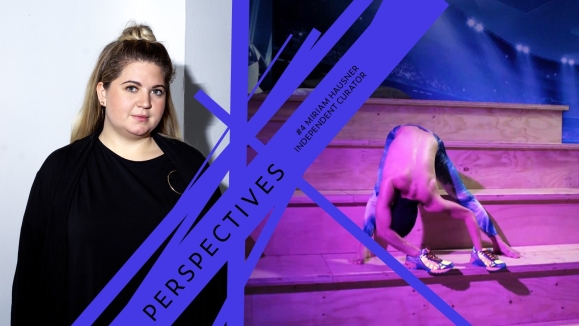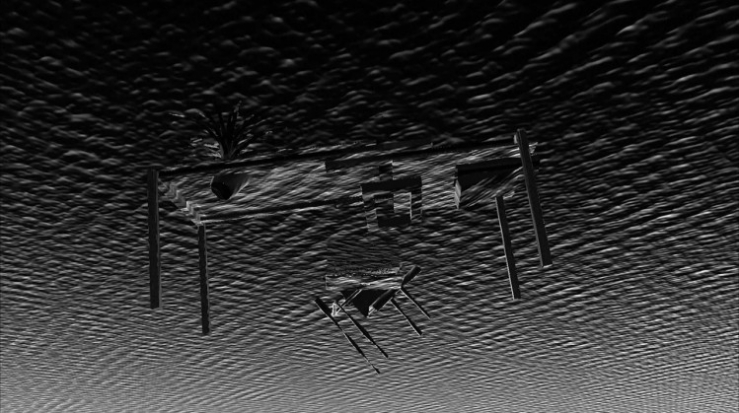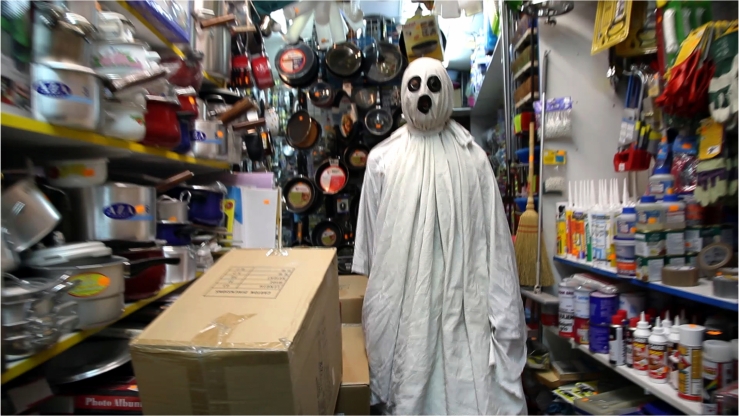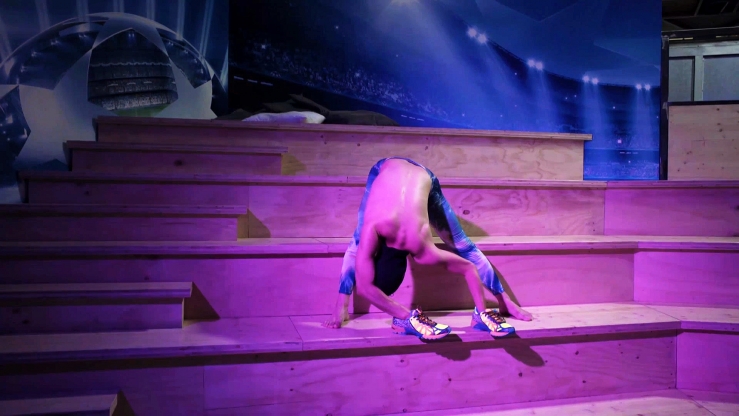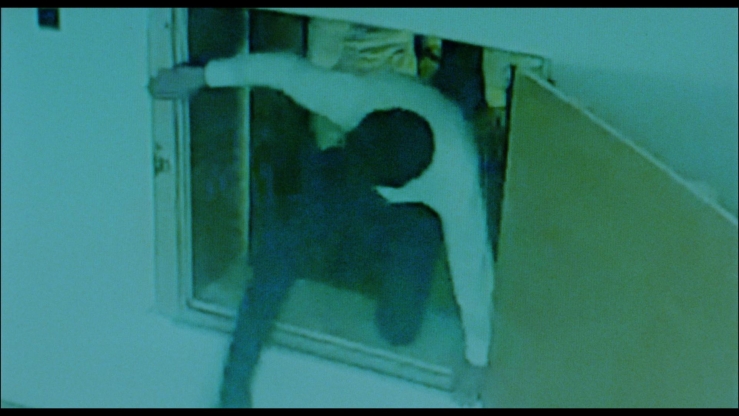Perspective #4: How to Video
All I Ever Wanted to Know About Video Art
Time-based media, especially moving images, are more relevant today than ever before. Consuming, but also producing and evaluating moving images are part and parcel of my curatorial practice. One would tend to think that an artistic medium such as video art, which works with moving images of all kinds, ought to be consumed in an increasingly natural way as an art form—but that is only partially true, because artistic digital media, in particular, are regarded as difficult to access. They are too abstract and complex to become a natural part of the (art) consumers’ everyday lives. I take this as the starting point of my curatorial work on Videonale X.
Videonale X is an interactive platform conveying knowledge about video art and adjoining themes. It invites the users to pictorially and playfully explore aspects of video art that usually do not play a role in the frame of customary work presentations, such as exhibitions or screenings. From the macro to the micro level: for video art is more than just the individual work—it comprises a large variety of concepts, techniques, ideas, materials, fragments, disruptions, attempts, and errors that lend authenticity to the work as a whole.
While developing Videonale X, I repeatedly asked myself how video artworks can be communicated and received through digital formats. How do you choose the right words to address the viewers, how can the right atmosphere and resonance be created in front of the screen?
As a curator of digital concepts, it has always been important for me to understand how the artworks originated and which factors were relevant in the process. The question of “How to...,” of the short and yet crucial instruction with concise knowledge, has placed numerous aspects of video art into a new context for me and is reflected by the platform’s mediation formats (X formats).
The choice of stylistic devices is just as meaningful as the technical realization and the selection of the digital toolbox. But also the autographic, artistic self and the many aspects in the world that need to be illuminated were constantly present while conceiving the platform. Therefore, Videonale X offers the possibility to illustrate the numerous aspects of video art on other visual levels via short X formats (video clips) and to put another complexion on them through pictorial means.
Here are several works that follow my notion of a “How to video.” They explore the permeable membrane between the screen, the design of digital and analog realities and the way in which the boundaries are blurred by artistic interventions.
Mateusz Sadowski visualizes the connection between analog and digital spaces in his work entitled Volume. Through the targeted use of animations of everyday situations, the connection is gradually dissolved. But can animation and reality merge in daily life also without a grand filmic effect? In The Silent Spectre of Motion, Bridget Walker lets real and imaginary worlds merge into each other through the costume of a specter. In Elevación, Ana Maria Millán presents the way in which roleplaying characters roam through such dystopic online worlds. In Freeroam Á Rebours, Stefan Panhans analyses the imperfection of video game avatars and transfers them back to reality—but the “error” of the functionality remains. One Real Hour by Miriam Gossing and Lina Sieckmann, on the other hand, shows how the narrative forms drawn from fiction and animation create an atmosphere of control on the screen and how escaping reality is increasingly becoming a pastime for us.
Miriam Hausner
About the person
Miriam Hausner is a freelance curator who focuses on holistic concepts for digital context and space. She has conceived and organized media based projects for the Stiftung Bauhaus Dessau, düsseldorf photo+ or the IMAI – Inter Media Art Institute, Düsseldorf. Currently she is further engaged with Videonale as curatorial director of Videonale X and curatorial assistant of VIDEONALE.19 festival program.
Videonale X
Videonale X is an offer to decipher the complexity of video art and discover new, individual approaches to the works and artists. All you ever wanted to know about video art can be found here: x.videonale.org
Videonale X is developed in the frame of “dive in. Programm für digitale Interaktionen” of the German Federal Cultural Foundation, supported by the German Federal Government Commissioner for Culture and the Media in the program NEUSTART KULTUR.

